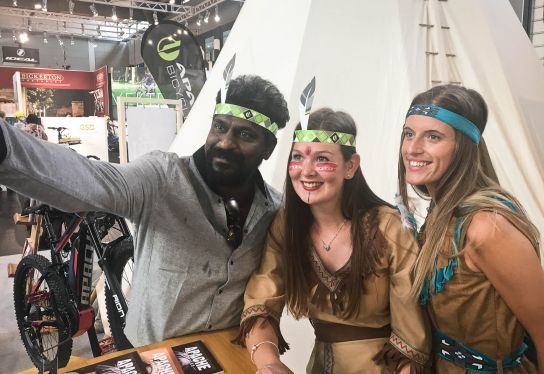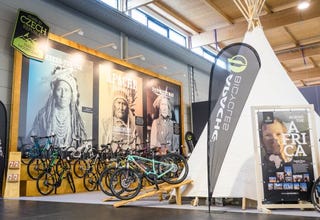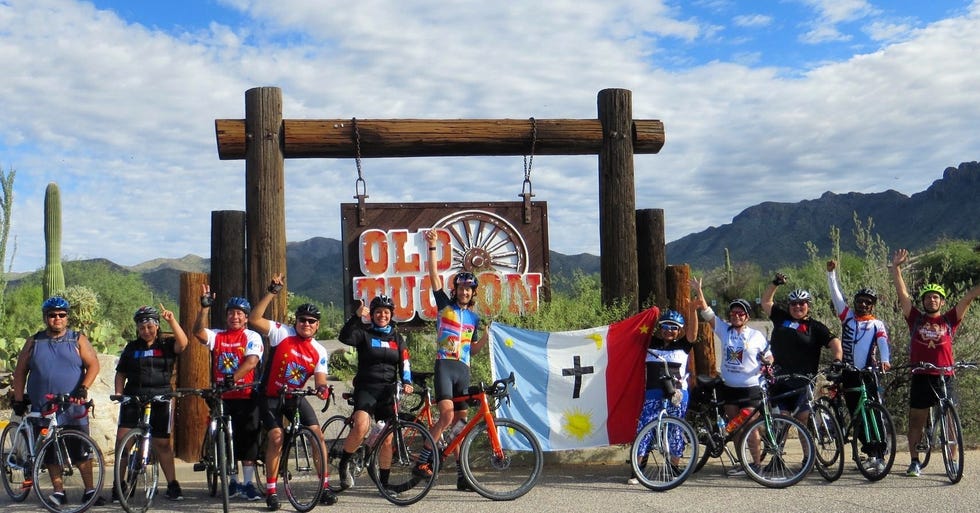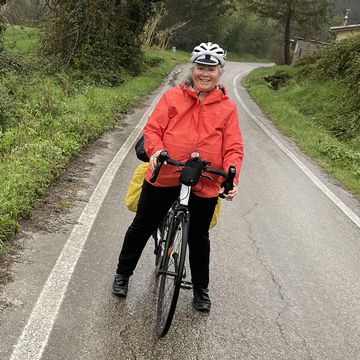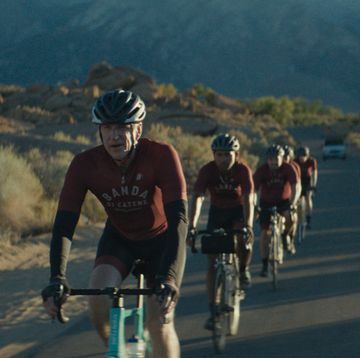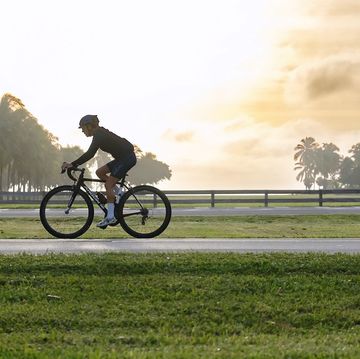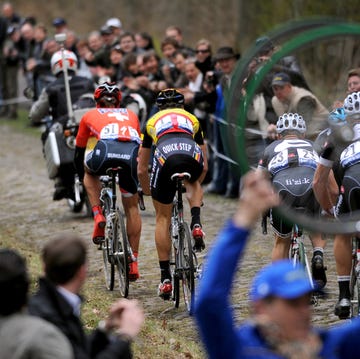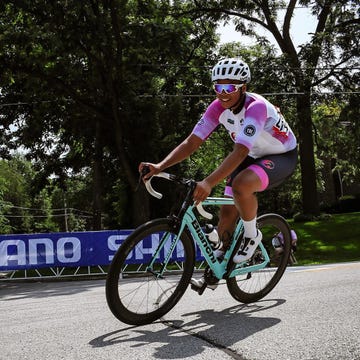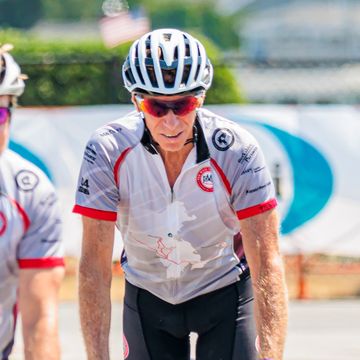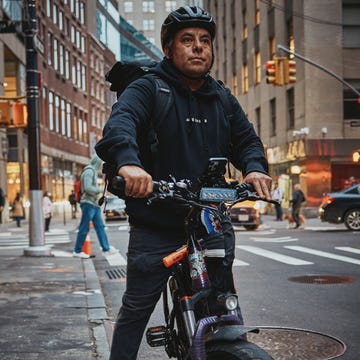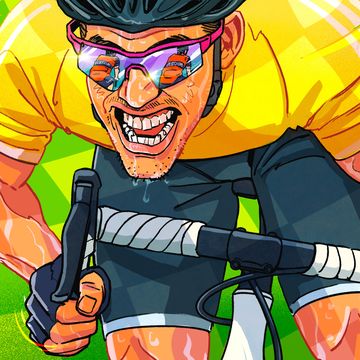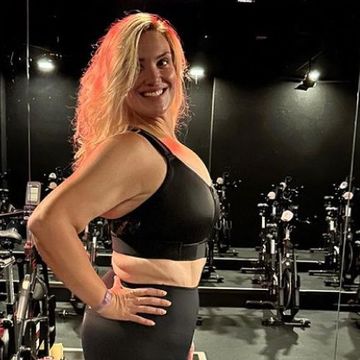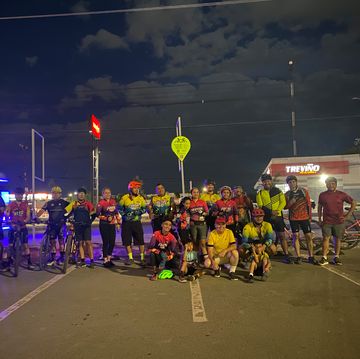In the last several weeks, the discussion of cultural appropriation has (finally) reached the cycling world. In late July, Czech brand Apache Bicycles made its Eurobike trade show debut with a booth that featured not only the Native equivalent of blackface—white women dressed in buckskin dresses, sporting eagle feathers and posing under tipis—but bikes with model names such as the “Scalp,” and imagery of deceased indigenous leaders. A couple of weeks ago, in response to social media outcry, the brand apologized and announced plans to rethink its modeling and product names. A few days later, CyclingTips published a thoughtful op-ed, “Cultural Appropriation on Two Wheels, and Why Representation Matters.”
But while Apache is latest and most egregious example, it’s hardly the only one in the bike industry.
What Is Cultural Appropriation?
Cultural appropriation occurs when a powerful group takes cultural expressions (art, patterns, symbols and phrases) from a group that is less powerful and that has been historically exploited, and uses it for economic or social gain, according to Kimberly Robertson, an assistant professor at Cal State Los Angeles and member of the Mvskoke nation (this is the preferred spelling).
When Victoria’s Secret sends models down the catwalk in lingerie and war bonnets (headdresses that are only worn by men in a handful of Plains tribes), that’s cultural appropriation.
Why It Matters
Cultural appropriation reinforces ideas that Native people are “other.”
“When settler communities ‘play Indian,’ using tipis and images of deceased Indigenous leaders to sell their bikes, Indigenous people are seen as past and absent,” Robertson explains. Native people are, of course, not absent today—there are 577 recognized tribes living in the US. By perpetuating ideas of them as warlike barbarians, cartoon indians, or even noble savages untouched by civilization, we don’t recognize them as individuals who live in and interact with the modern world just as we do. These stereotypes are at the crux of a lot of the racism that Native people encounter. Studies show that Native kids are more likely to feel low self-worth and self-esteem when confronted with stereotypes of their cultures.
And it certainly doesn’t make Native youth and people feel welcome in the cycling community. “The moment a kid says ‘Hey I really like riding bikes’ and then they come across this Apache thing, it’s going to hurt,” says Gregg Deal, a cyclist and artist who is a member of the Pyramid Lake Paiute tribe, and author of the piece about cultural appropriation for CyclingTips.
Examples of Cultural Appropriation in Cycling
Within the bike industry, Apache Bicycles is the most blatant, obvious, and recent example. But there are cases of this from more mainstream, US-based brands too.
Women’s apparel brand SheBeest uses patterns appropriated from the Diné (the word Navajo people often use to refer to themselves) nation in their “Primitive” collection. Using this term in conjunction with patterns associated with Indigenous people can imply that the people, too, are primitive—it is never OK to suggest that another race is less advanced or evolved. (When approached about the line at the Interbike trade show this week, SheBeest rep Jerry Newray said the line would be discontinued next year.)
Stranger BMX has a saddle called the “Reservation” that appropriates Diné patterns.
Cult, another BMX brand, uses Ojibway dream catchers and the phrase “Native Land”in their marketing and videos. Given that many tribal lands are under threat from resource extraction and border militarization, the subject of Native lands is an extremely sensitive one.
Vittoria has a tire named the “Peyote.” Perhaps the Italian brand (and its US importer) is unaware that peyote is used as a physical and spiritual medicine by tribes with roots in the Southern US and Northern Mexico—and that its appropriation is a sensitive issue for many Native people, as some believe the use of it as a recreational drug undermines the value of those traditional practices. Using the term "peyote" without context ignores the fact that the consumption of Peyote is something that wouldn’t exist without Indigenous knowledge—and that is being taken and used without permission or restitution. Some may say, “What about the Catholic ceremony of drinking wine—we drink wine outside of religious ceremony too.” But that ignores the power dynamic that is key to cultural appropriation. Catholic people are not a historically exploited population in this country. The US government never paid a bounty on Catholic scalps, or took Catholic children away from their parents systematically.
Upright Designs makes a bike rack called the Totem Pole. Totem poles are an often appropriated but deeply misunderstood part of the culture of the Native people of the Northwest coast.
Café du Cycliste sells an “African inspired” jersey called the Boubou, after a style of garment that is worn in West Africa—but it was designed by a white man in France. (And even Bicycling recently featured it.)
4 Cycling Brands That Are Doing It Right
As an industry, cycling can rise above cultural appropriation. “It’s not that hard, this stuff obviously sells,” says Deal. “So if you want to sell it, why not employ an Indigenous person who knows something about the culture these designs come from, so that you can use them respectfully?”
Robertson adds that if brands do consult with a member of a culture about using an image or name, “Make sure that communities who you are borrowing from are getting something back.”
Some brands are already setting a good example.
When Circa, a framebuilding company in Portland, was asked to design a custom bike that included several sacred or traditional symbols from the Diné culture (the bike was for a member of the nation), the builders approached Diné people to help with the design. When they finished their project, they had a satisfied customer and a greater appreciation for one of the many overlooked Native cultures.
Primal also donates custom kits to tribal cycling teams. And the brand has approached Native artists to ask for permission and advice before using Native themes or patterns in their designs.
Blackburn supports Native cyclists with lights, tools and pumps.
GU, Science in Sport, Thule, and Nuun have donated product to tribal cycling programs.
We can’t change the way Native people or other marginalized groups have been mistreated in the past, but we absolutely can and should make an effort to welcome those people into our community now. This is good for all of us: Getting more people riding will lead to better bikes, better infrastructure, and a better cycling community. That, like the feeling of riding a bike, would be something we can all smile about.
